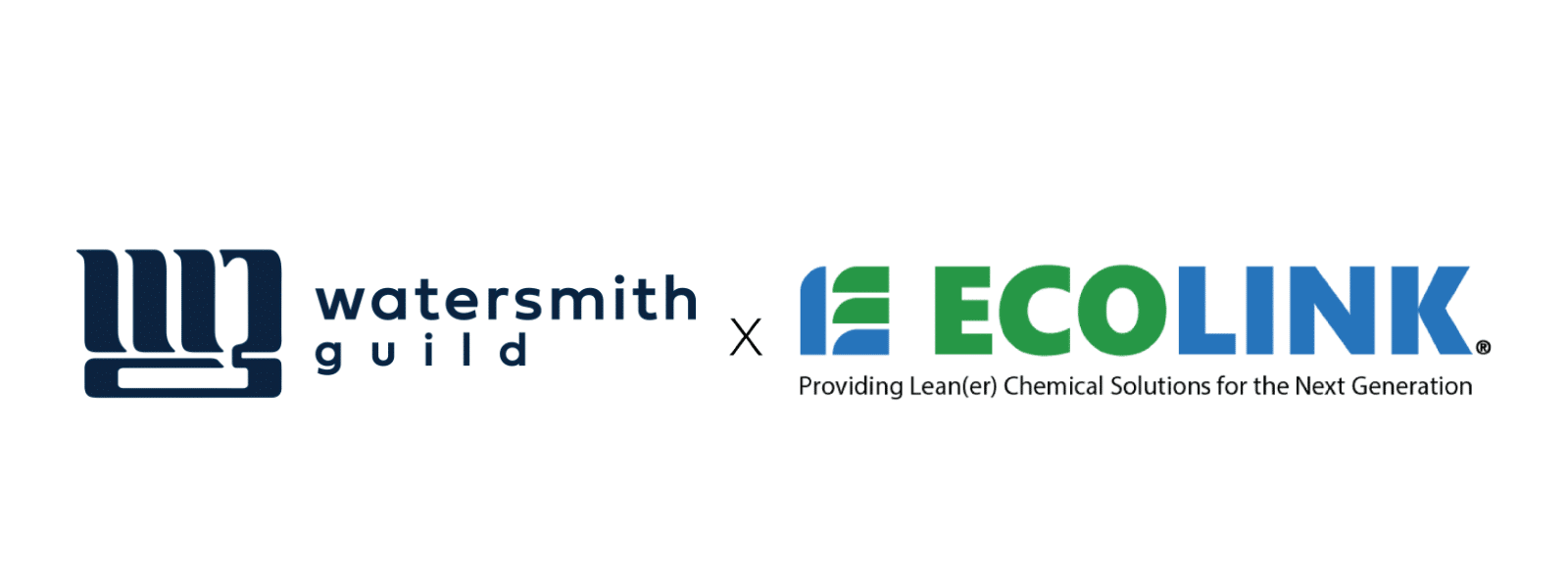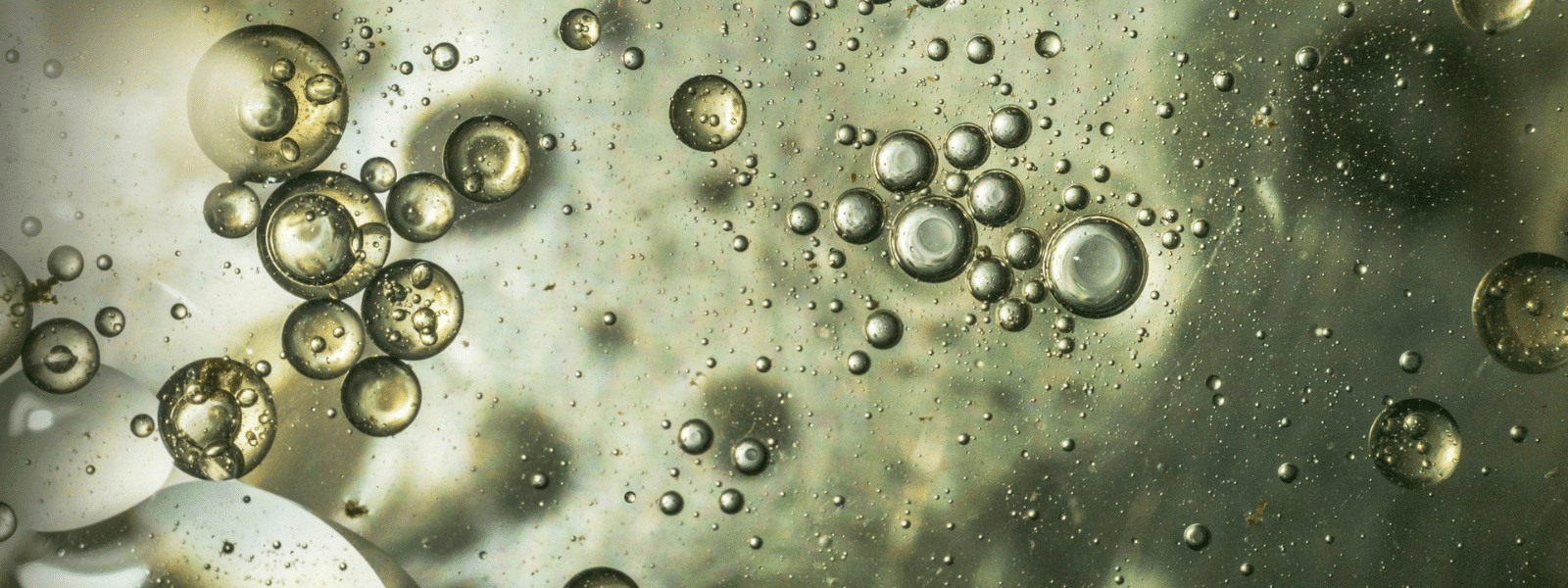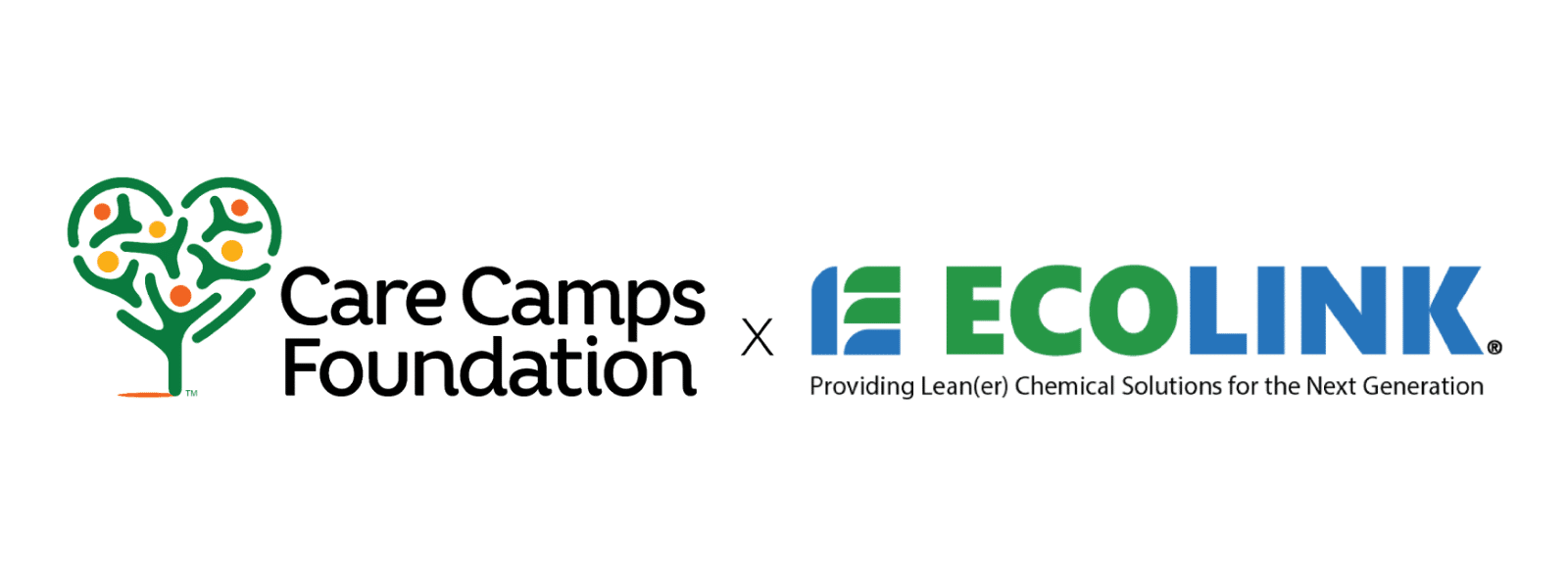If you’re shopping for industrial cleaning solvents, you may have run across the term “polarity” in your search. If you’re not a chemist or a salesperson for a solvent company, you may be wondering what the term means and why it’s significant. Below, we provide a simple definition of a polar solvent and explain why this type of solvent is important to cleaning operations.
What is a Polar Solvent?
Polar solvents contain molecules that maintain an electrical charge that has low amperage, which means the amount of electrical current flowing between the molecules is low on the amperage scale. The most common example of a polar molecule is water; it contains one oxygen atom and two hydrogen atoms that are set at an angle to the oxygen atom, creating a minor imbalance in the electrical charge (a.k.a. polarity) of the water molecule.
If you place a solid in water, it can dissolve due to the solid’s molecules attracting to the electrical charge of the water molecules. For example, salt dissolves in this manner when placed in water. The same thing can happen when you subject a soil to a polar cleaning solvent. However, a polar solvent will not readily dissolve non-polar materials. This is why polarity is one of the chief considerations when choosing a solvent for removing specific types of accumulations.
Dielectric Constancy
Polar solvents for industrial applications are frequently classified by dielectric constancy, which is measured by what’s known as a polarity index. Encyclopedia Britannica defines dielectric constant as the “property of an electrical insulating material (i.e., a dielectric) equal to the ratio of the capacitance of a capacitor filled with the given material to the capacitance of an identical capacitor in a vacuum without the dielectric material.”
More to the point of our purpose here, Britannica goes on to explain, “Dielectric constants of liquids and solids may be determined by comparing the value of the capacitance when the dielectric is in place to its value when the capacitor is filled with air.”
When we use a polar solvent to remove soils from a material, we use it to remove polar materials. Otherwise, we’d perform the cleaning process repeatedly, without good results. This is why choosing a cleaning solvent without knowledge of the solvent’s polarity and the polarity of the soil(s) that need to be removed can hamper productivity and waste time and money. It’s also why you can’t go wrong by speaking with a solvent chemist before you place a solvent order.
Need a Polar Solvent?
If you’re not sure, contact Ecolink. Our team of chemists are here to produce efficacious, eco friendly solvents, and help you select the right option for your requirements. If one of our stock solutions doesn’t hit the mark, we’ll formulate a custom solution that works flawlessly. Plus, we’ll send you a free sample of what you plan to order, so you can see how it works before buying.
Call us today at 1-800-563-1305, or use our contact form. We look forward to assisting you!















